Putting a Name to a Hidden Face
Two of the most precious photographs I have of my family were taken at my brit milah, the ritual circumcision ceremony performed on all male Jewish babies when they are eight days old. Because I was born a year and a half into the Nazi occupation of the Netherlands, my parents’ friends counseled against a circumcision. “It will identify him as being Jewish,” they said. My parents’ dilemma was solved when a pediatrician who examined me shortly after I was born told my father that I needed “a minor operation, called a circumcision.” My father then reminded him of our Jewish tradition and that I would be ritually circumcised. That is how family and friends came to gather in our home on December 1, 1941, to observe this first milestone of a Jewish life.
